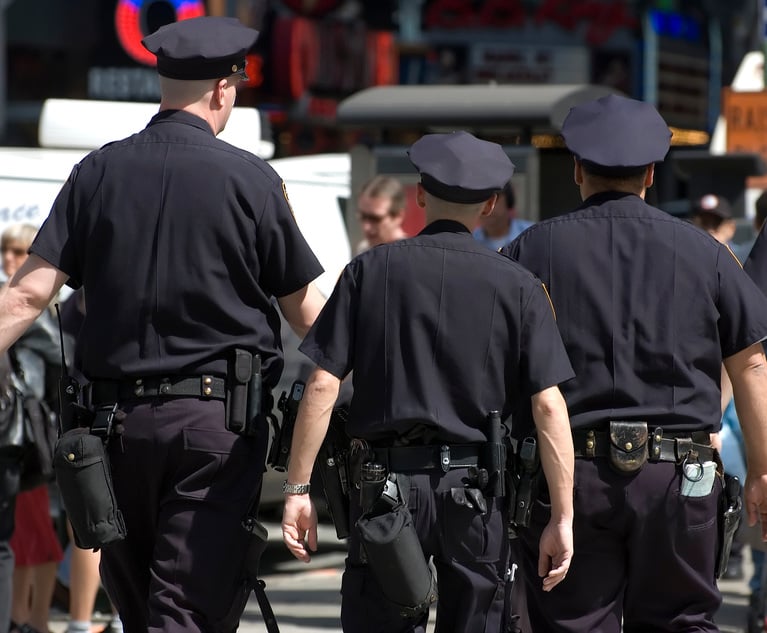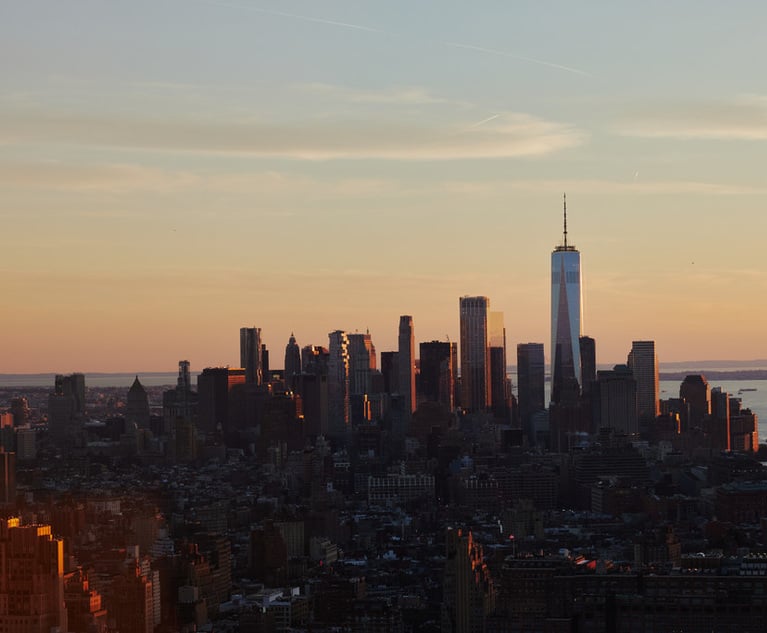On June 28, 2018, the board of the Hudson River Park Trust approved two real estate deals that highlight special aspects of the Trust and the state law under which it operates—the 1998 Hudson River Park Act. The Trust approved the sale of 158,000 square feet of unused development rights (aka “air rights”) to two developers for $52,000,000. In recent years the Trust has also used its statutory authority to issue long-term leases for park facilities constructed by private partners, collectively valued at hundreds of millions of dollars. Virtually no other park operator in the state has the ability to raise revenue in this fashion—sale of air rights and issuance of leases. And the Trust is using those powers to great effect—nearing completion of the four-mile-long park at a cost of almost a billion dollars. This article focuses on some of the ways that disparate laws and policies governing parks are creating open space winners and losers and how a few changes might level the playing field.
Hudson River Park Trust
The Trust’s unique ability to sell air rights is based on the State Legislature’s 2013 amendment to the Hudson River Park Act, which now allows private developers, the Trust and the City to cooperate in the creation of granting sites (within the Park) and receiving sites (outside the park). The Trust may “transfer … any unused development rights as may be available for transfer to properties located up to one block east of the boundaries of the park along the west side of Manhattan, if and to the extent designated and permitted under local zoning ordinances … .” N.Y. Unconsol. L. §1647 (emphasis added). The Trust can now sell air rights at considerable value—$300 per square foot in the case of the 2018 deals.


 Christopher Rizzo and Karen Meara, Carter Ledyard & Millburn.
Christopher Rizzo and Karen Meara, Carter Ledyard & Millburn.




